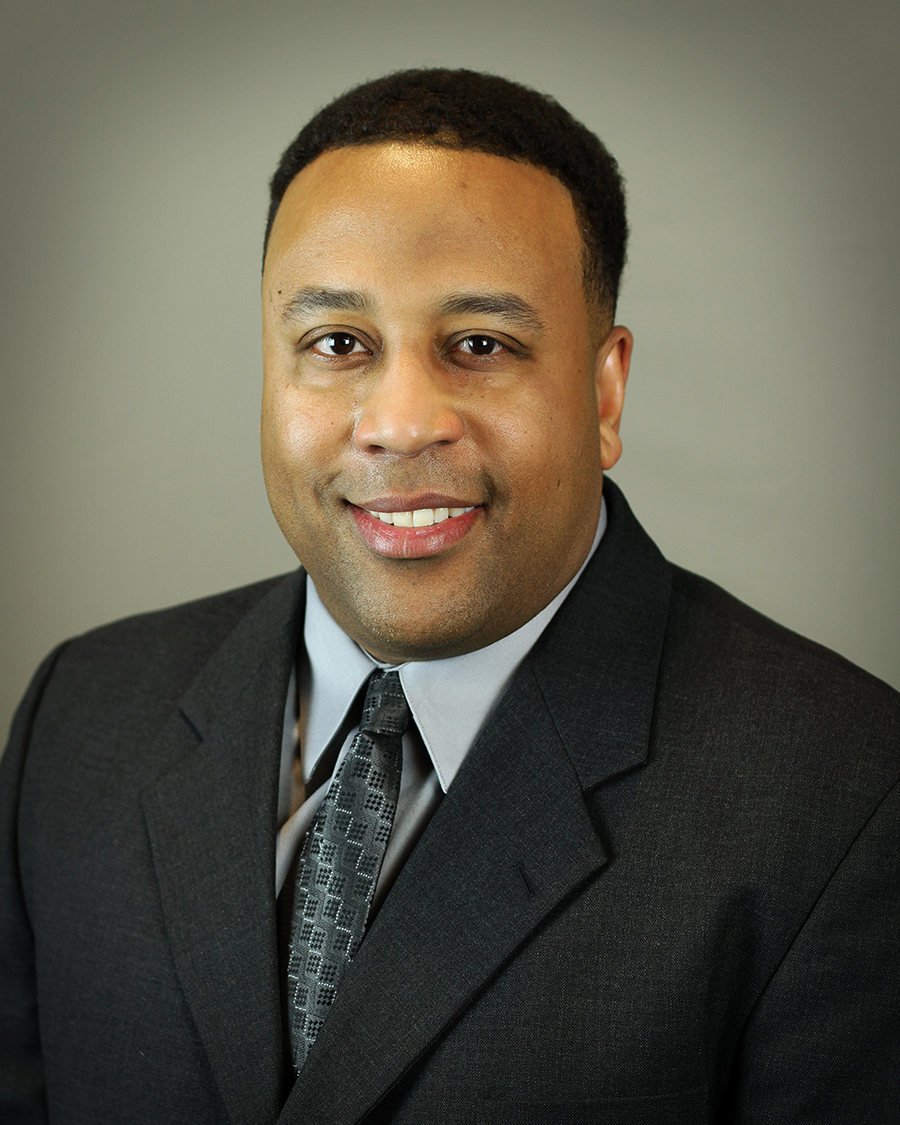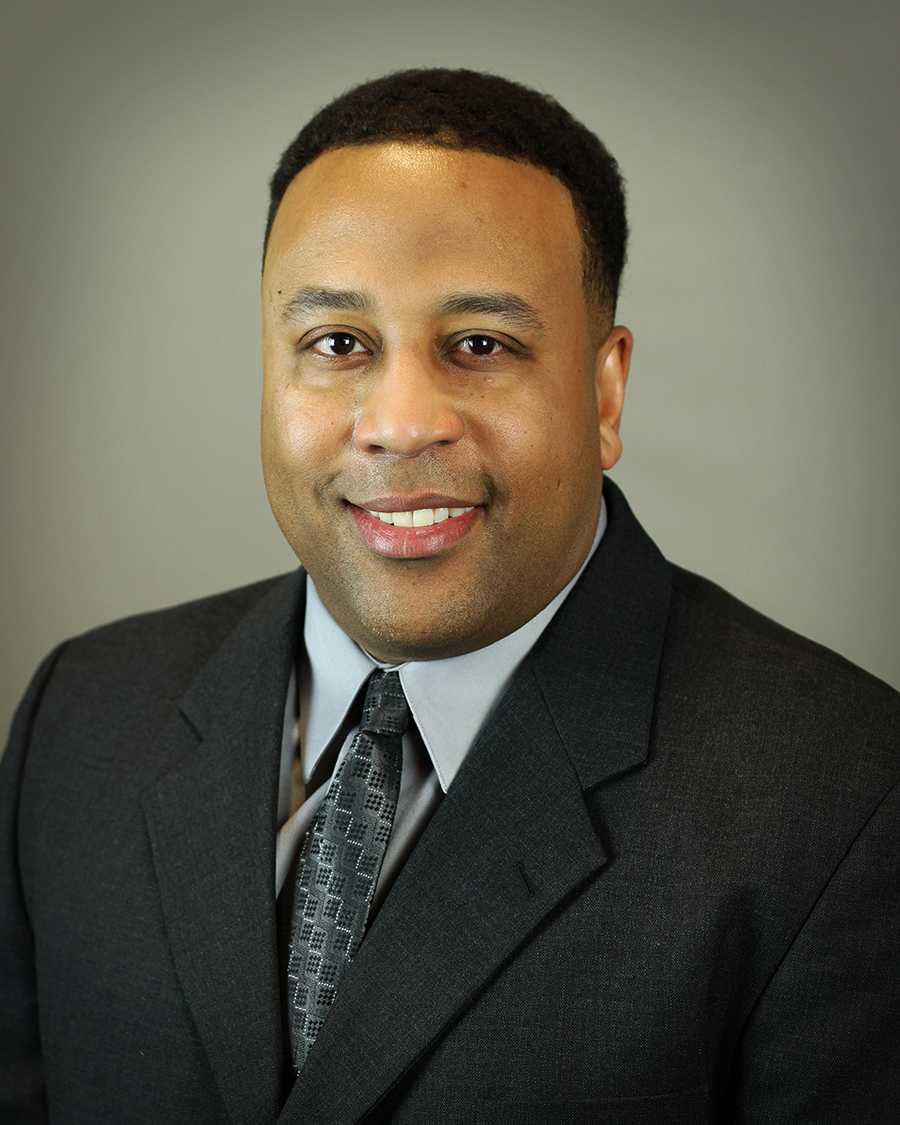You are now assigned safety and risk management duties for your organization. Now what? Where do you start? Fundamentally, the past is one of the best indicators of the future. Therefore, it is best to get a snapshot of what the lack of safety and ineffective risk management has produced in the form of losses or claims. For risk control plan building purposes, it is recommended to review and analyze claims data from a minimum of 48 months from the most current data. In this context, analyze means to determine which categories of claims are the most frequent and/or severe. The severity of claims are, of course, measured by the dollar amount of the loss. Be sure to analyze claims data in the main areas of risk management, including workers’ compensation, auto liability, general liability, employment practices liability, law enforcement liability, and property risks. Analyzing claims data in all of the main areas of risk management will help you identify the top priorities when building your risk control plan. You may have to retrieve additional information from your finance department to provide a clearer picture of losses or claims that are not covered by insurance or included in TPA claims reports.
After analyzing the frequency and severity of your claims/losses, the next step in building any plan is to define and articulate what the risk control plan intends to accomplish, and in what timeframe. The risk control plan may be related to some measurable goal within your organization and should reflect impact on multiple departments, thus, it is critical to involve multiple departments in the planning process. The best plans are built when multiple stakeholders own a part of the risk control plan and realize the financial and human cost related to the lack of safety and risk management. A good tool to use when involving multiple stakeholders in risk control planning is a risk assessment matrix. This tool can put into perspective what operations and loss areas are the most risky in terms of the frequency, severity, and likelihood of claims.
As some of us know, claims and subsequent losses are going to occur regardless of the strength of any safety or risk management program. It is in these moments where program weaknesses succumb to risks that ultimately lead to losses. In the insurance industry, we refer to these moments as residual risk. Residual risk remains regardless of all the efforts and progress made by your safety and risk management program. If claims frequently surface in certain areas, this usually indicates residual risk in those areas, which signifies additional opportunities to strengthen your risk management program. Residual risk can also be measured using the aforementioned risk assessment matrix. Strengthening your risk control program should be both strategic and tactical and should address what can be accomplished in the short-term and long-term.
Conclusively, there is a financial and human cost to maintaining the status quo and remaining stagnant with respect to the risk control function of your risk management program. The multi-million dollar question: “Is the status quo sustainable and worth it?”

By: Ariel Jenkins
Director - Risk Control, Safety National
Summary of Qualifications
Ariel has a broad base of knowledge and experience in the areas of workers’ compensation, ergonomics, industrial hygiene, OSHA, fleet safety, auto liability, general liability, and safety & health program auditing & assessment. He has experience working with the manufacturing, construction, ground and air transportation, retail, healthcare, public entities, technology, and service industries.
Responsibilities
Ariel is responsible for leading and directing technical risk control content and managing risk control services for clients (policyholders) of Safety National. He is also responsible for leading and directing risk control resources associated with the public entity practice and E&S product lines.
Business Experience
Ariel is a risk control professional with over 20 years of experience. Prior to joining Safety National, Ariel worked at a major insurance carrier, serving in various capacities as a technical loss prevention consultant of national market accounts. During this time he was assigned as district safety consultant for the largest transportation company, and one of the largest employers in the U.S. Ariel began his career as a safety consultant with the Missouri Department of Labor and Industrial Relations in the Division of Workers' Compensation, where he was responsible for monitoring the loss control services of insurance carriers and performing risk evaluations for self-insured applicants.
ERM Experience
Ariel has provided consultation for a fortune 500 company on aspects of ERM with respect to multiple stakeholder operational and strategic risks.
Professional Affiliations
Ariel has earned his certified safety professional (CSP) designation and is also an associates in both risk management (ARM) and enterprise-wide risk management (ARM-E). He is a member of the American Society of Safety Engineers (ASSE), and served as sustainability chair for the Missouri Safety Council in 2009.
Education
Ariel is a graduate of the University of Central Missouri with a bachelor’s degree in industrial safety management. He also earned a Master of Business Administration degree from Lindenwood University in St. Charles, MO.




